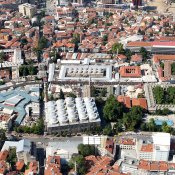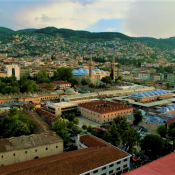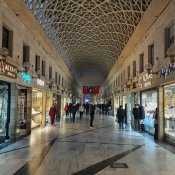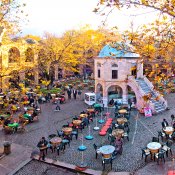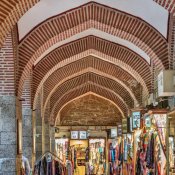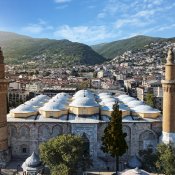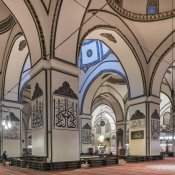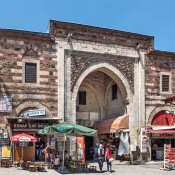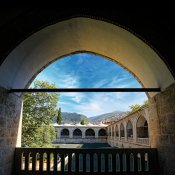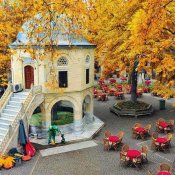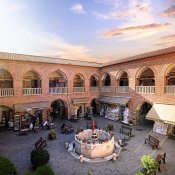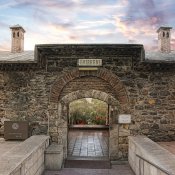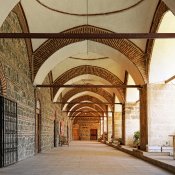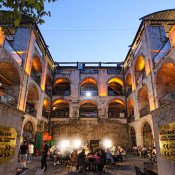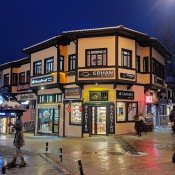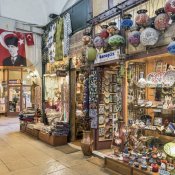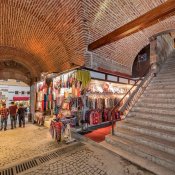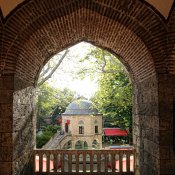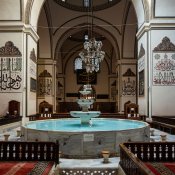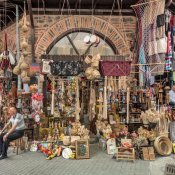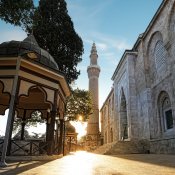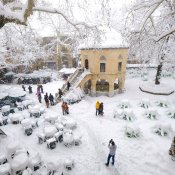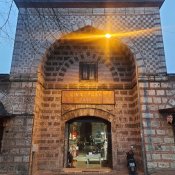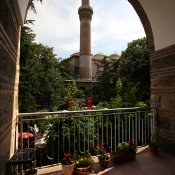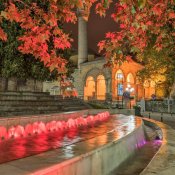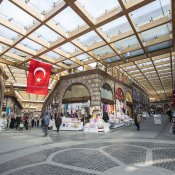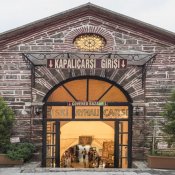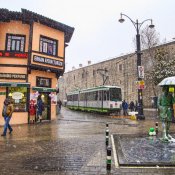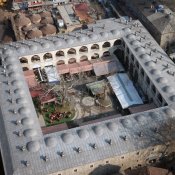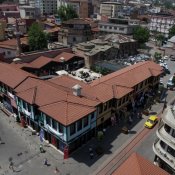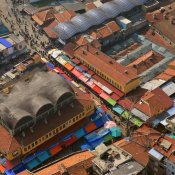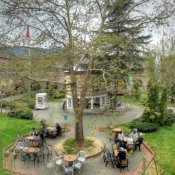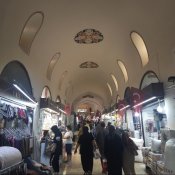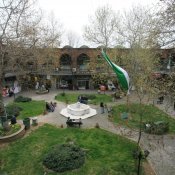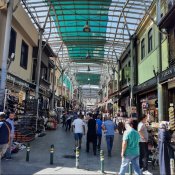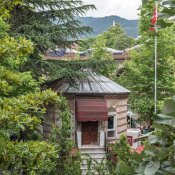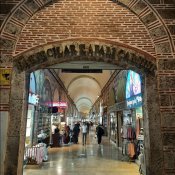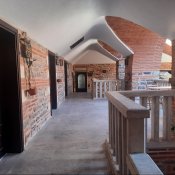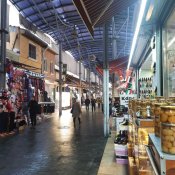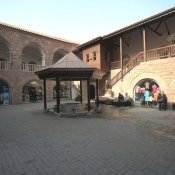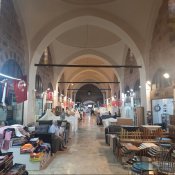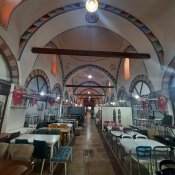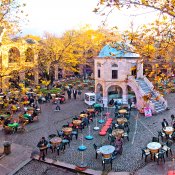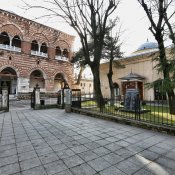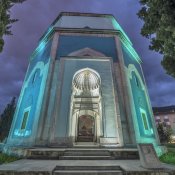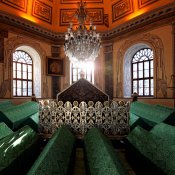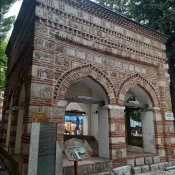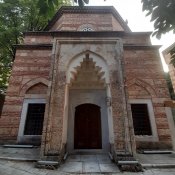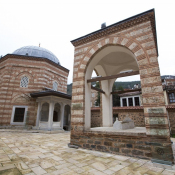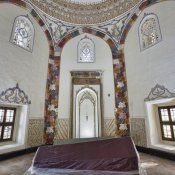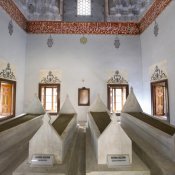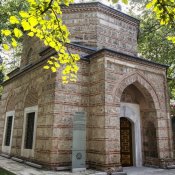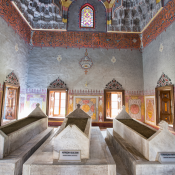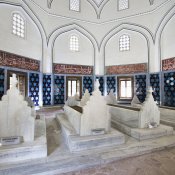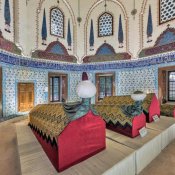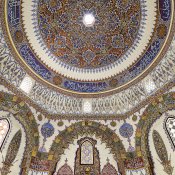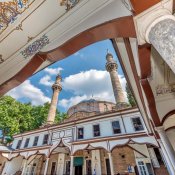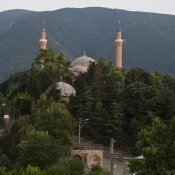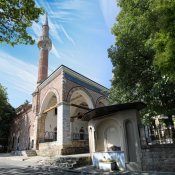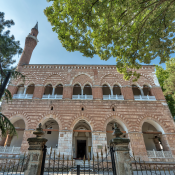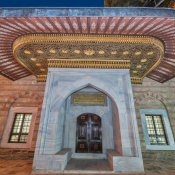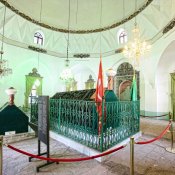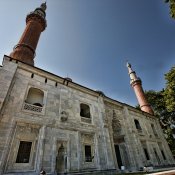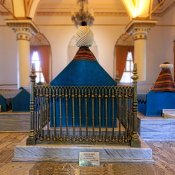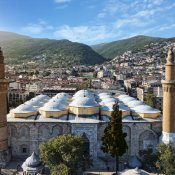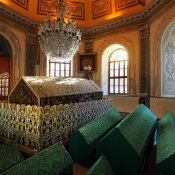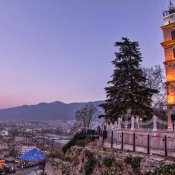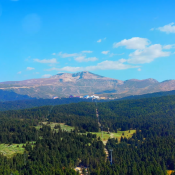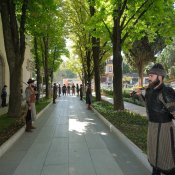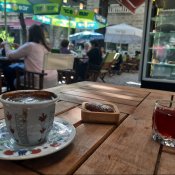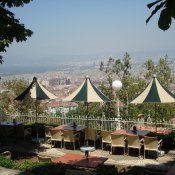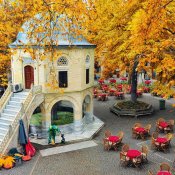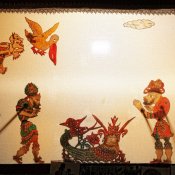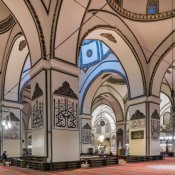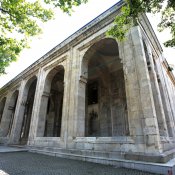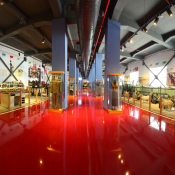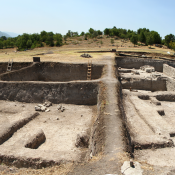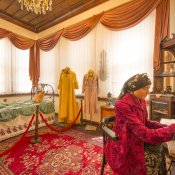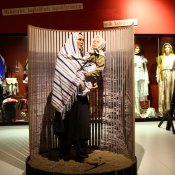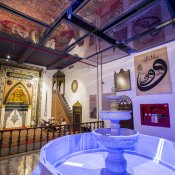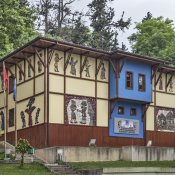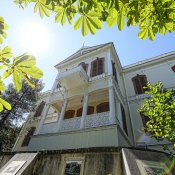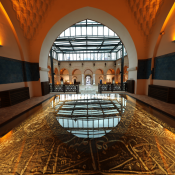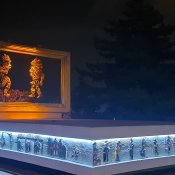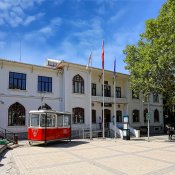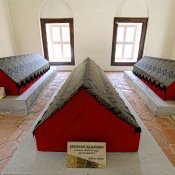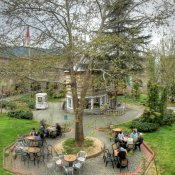Khans Area (Orhan Gazi Complex and its surroundings)
Khans Area (Orhan Gazi Complex and its surroundings)
Bursa was the first Ottoman capital, and also an important trade centre throughout the Ottoman and Turkish Republican history. This historical important commercial role of Bursa and its establishment as the capital of the Ottoman Empire is reflected in the Khans Area with its large khans, bedesten and bazaars. The area has been the heart of economic activity in the city since its establishment in the 14th century. The district has conserved its aesthetic and social value and because it is fully pedestrianized, it is one of the most attractive public places for both inhabitants and tourists in the city. The khans and bazaars have continued functioning with no interruption since their establishment almost 650 years ago.
Emir Han was the first one to be constructed as a part of the Orhan Ghazi Complex in the area. Kapan Khan was constructed on the south-west of Emir Han during the era of Murad I (Kapan Khan was founded as an agricultural market because of the need for more commercial areas in the city and became the most important place where rural residents, particularly from Cumalıkızık, sold surplus products in the city), and Bedesten was constructed during the era of Yıldırım Bayezid confining the Khans Area from the north. Bazaars formed around the khans. A long network of narrow streets, all with shops created the bazaar itself.
Complexes were composed of buildings with different functions, such as mosques, madrasahs, public kitchens, Turkish baths, and sometimes they included hospitals and income-generating bazaars and khans. The complexes were built with the intention of composing the core of the settlement areas to be built around subsequently, and accelerate the development of the city in a certain directions. While the Sultans had these complexes constructed in different parts of the city, they also contributed to the construction of other public buildings in the Khans Area (commercial centre).
After Orhan Ghazi Complex was constructed in the second quarter of the 14th century to the northeast of the Byzantium settlement, which was located on top of a hill between two rivers, constructions continued in the newly settled area, reinforcing the decision for the election of the area as the city centre.
Orhan Ghazi Complex consists of a mosque, madrasah (demolished), public kitchen (demolished and town hall built in its place), Turkish bath and khan (Emir Han).
Orhan Mosque is the first building constructed within this complex. It is the first mosque with a “⊥” plan (small prayer space, guestroom), which is one of the most significant designs of the early Ottoman architecture, is seen. The need for facilities to meet the physical, cultural and social requirements of a state at its foundation stage had an impact on the composition of this complicated type of plan. The mosque consists of a main prayer space called Harim and one iwan on both sides of the prayer space and two guestrooms located on the north and south of each of the iwans.
Located in the site which was inscribed on the UNESCO World Heritage List in 2014.



